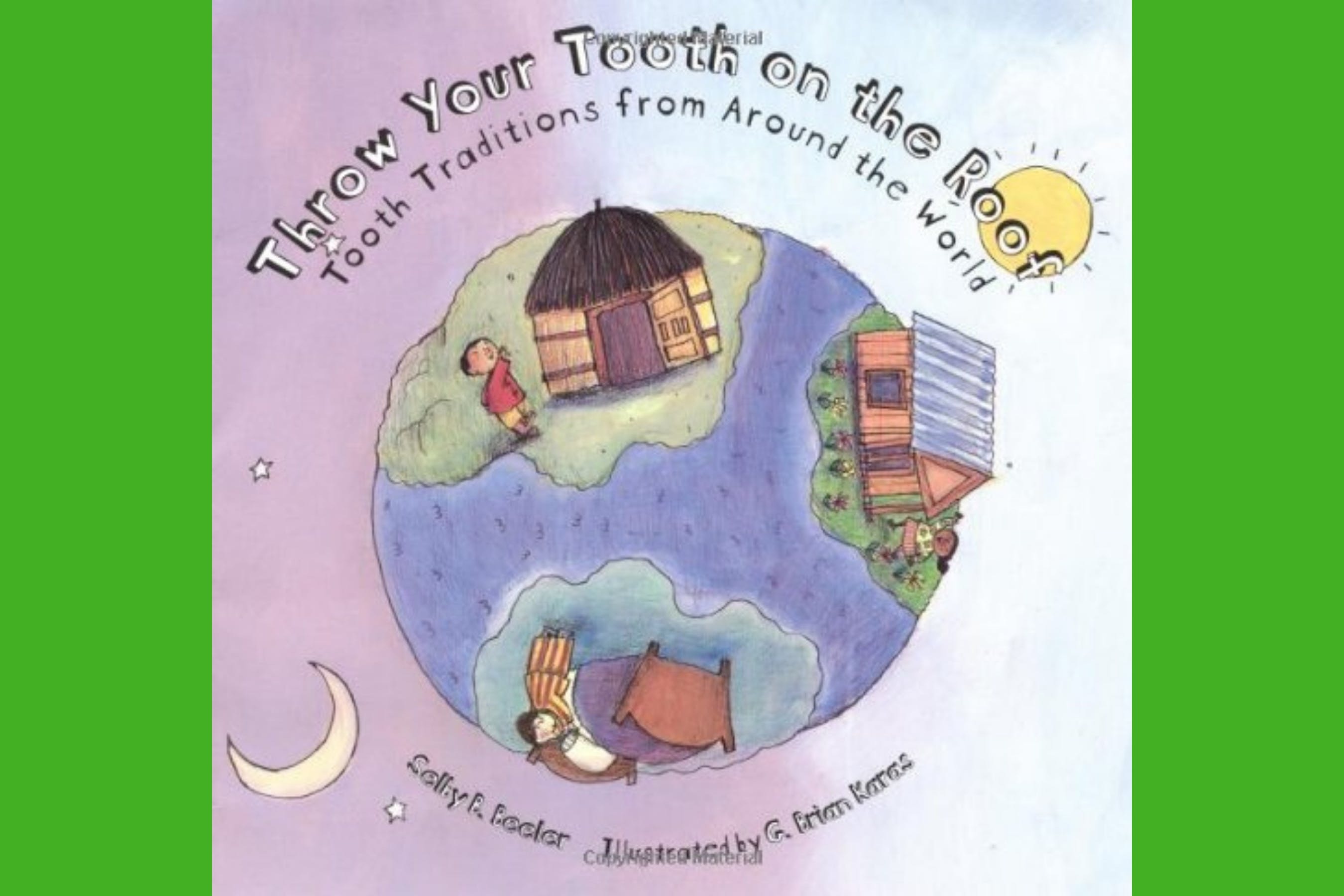
Losing a tooth is always an exciting and memorable part of childhood all around the world. For some, the thought of losing a tooth cannot be thought of without the magical Tooth Fairy who leaves money under one’s pillow at night. However, for many, the thrilling moment of losing a tooth has nothing to do with a small fairy – but rather a small mouse, rat or prayer.
The Tooth Fairy originated from many cultural beliefs and traditions dating back to the 17th century, including a Viking who pays children for their lost teeth in Scandinavia. In the United States, she made her first known appearance on Sept. 27, 1908 when the Chicago Daily Tribune Daily Tribune published an article introducing the Tooth Fairy.
The character later became a widespread phenomenon in 1927 when Esther Watkins Arnold’s book, The Tooth Fairy: Three-Act Playlet for Children, elaborated on the idea of a fairy flying into the homes of children to trade money for teeth. The adoption of this mythical creature was accepted rather quickly with the help of fairies portrayed as magical characters in several beloved Walt Disney films during this time.
While the modern Tooth Fairy only dates back to the beginning of the 20th century, the popular pixie has evolved from a tradition which has been around for centuries. Here are some of the tooth folklore and traditions from around the world!

France
In France young children looked forward to a visit from a little mouse who would quietly sneak into homes, rolling in coins, while everyone was asleep to collect baby teeth from children in exchange for money. It’s widely believed that the tradition originated from a 17th century fairy tale by Baroness d’Aulnow, titled The Good Little Mouse (La Bonne Petite Souris), about a fairy who turns into a mouse to help a queen defeat an evil king – hiding under the king’s pillow to take all of his teeth while he sleeps.
This tradition continues today, but in addition to leaving their teeth under their pillows, children in France also hide their teeth in slippers and shoes. Aside from France, a small rodent shows up in many tooth legends, including Italy, Scotland and most Spanish-speaking countries.

Spain and other Spanish-Speaking Countries
Similar to France, a small rodent – El Ratoncito Pérez – is known by children in countries such as Chile, Peru, parts of Mexico and Spain to visit homes at night, take their teeth and provide “gifts in gratitude.” Meanwhile, in Argentina, lost teeth are left in a cup of water for the little mouse to collect and then drink the water, before she leaves a small gift behind.
China
In countries such as China, India, Korea, Japan and Vietnam, lost teeth can mean more than just a magical experience for young children. Once a tooth is lost, children must make a wish on the tooth. The tooth is then hidden by their parents and if the kids can find the tooth after one year, they receive a second wish. This is known to bring good fortune to a child’s future.
Middle East
In most Middle Eastern countries, the experience has less mythological magic and more religious customs as a tradition. Children toss their baby teeth up in the sky while praying for stronger teeth to grow in place of the old ones—promoting healthy dental habits. This is also practiced in Greece, Turkey and parts of Mexico.
Nigeria
Children in Nigeria have a unique tradition which varies based on gender identity. Similar to Middle Eastern practices, children use their lost teeth as a way to bring in new strong teeth. Boys hold their tooth and eight stones in their fist, while girls hold their tooth plus six stones in their fist. They then close their eyes, state their name, count to the number of stones in their fist and yell “Oh, I want my tooth back!” Finally, they throw everything in their hands in the air and run away at full speed.

Indonesia
In Indonesia, the future of a child’s tooth depends on the accuracy of their throw. After a child loses their tooth, they throw it over their shoulder and ideally over their roof. If the tooth is thrown straight, their permanent tooth will grow perfectly straight. If they throw the tooth crooked and the tooth does not land over the roof, the tooth will grow in crooked.

Learn More!
While each country has its own variation of a tooth tradition which originated long ago, the customs serve as more than just a fun experience for children. Each tradition serves as an incentive for children to maintain healthy oral health habits and to ease the anxiety and discomfort some children have over losing a tooth.
Check out the books below that further explain different tooth traditions from around the world!
- Throw Your Tooth on the Roof: Tooth Traditions from Around the World, by Selby Beeler
- The Tooth Fairy Meets El Raton Perez, by Rene Colato Lainez
- I Lost My Tooth in Africa, , by Penda Diakite
- The Tooth Mouse,, by Susan Hood























